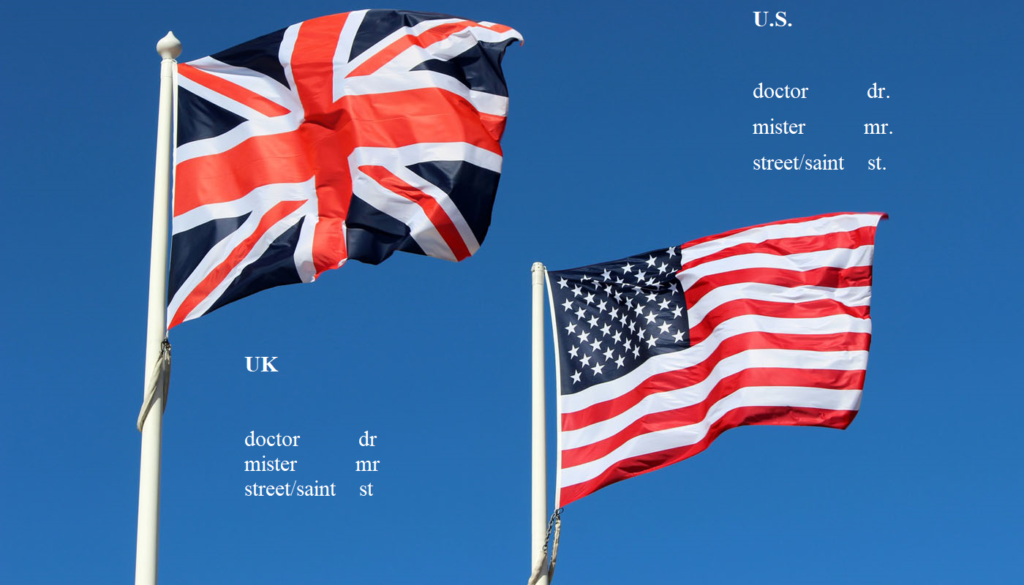1. As a sentence ending
A full stop is the most common way to end a sentence.
2. To indicate an abbreviation
Some style guides differ on this, but it is worth knowing as abbreviations show your reader that something is missing.
e.g. Ph.D. or U.S. (and e.g. is an extra example!)
Many books omit abbrevations, but they may be necessary in formal writing. When in doubt consistency is most important so choose what you prefer and stick to it.

American English tends to prefer U.S and British English UK. Still… rules are there to be broken.
An ellipsis (…)
Use an ellipsis to replace an omission in a quotation:
Terry Prachett
There is a rumour going around that I have found God […] I have enough difficulty finding my keys
(I prefer using an ellipsis with square brackets in formal quotations to make clear to the reader that the omission isn’t a pause in the original text.)
We also use an ellipses as suspension points in fictional writing to indicate… a pause (used sparingly) or to let the reader fill in what happened next…
‘I wouldn’t normally ask….’
Julien Fellowes (Belgravia p.148)
When not to use a full stop!
*After a heading
*Next to items in a vertical list (like this one), unless the list consists of complete sentences
*For defined acronyms e.g. Warwick Business School (WBS)
Need help?
If you need help proofreading your English I offer basic to more advanced proofreading services.
0 Comments